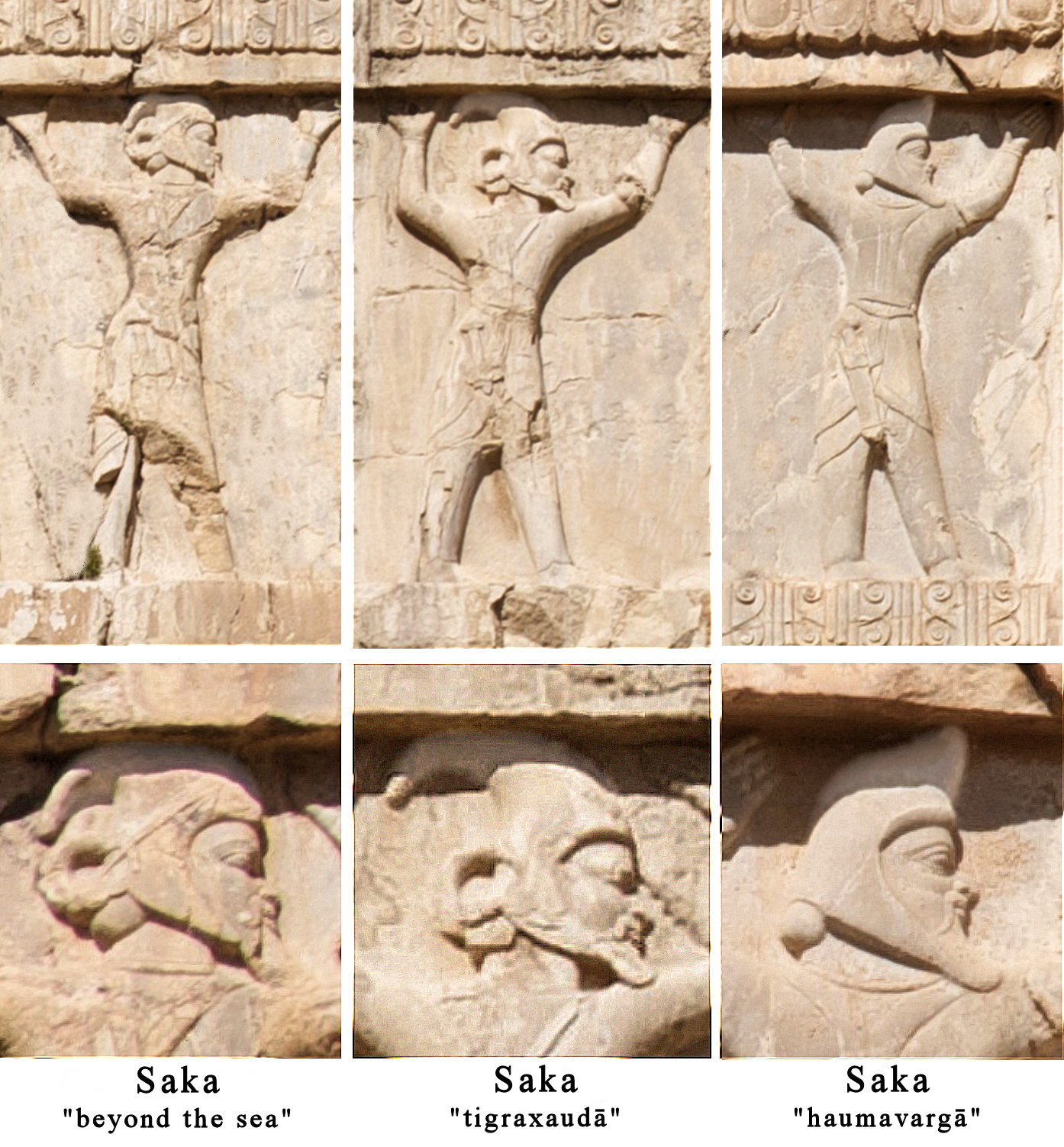|
Shilikty
Shilikty (Ru: Шиликты курганы), formerly Chilikti, also more precisely Baigetobe Kurgans (Ru: Курганы Байгетобе) in Shilikty Valley, is an archaeological site in eastern Kazakhstan, located in the Chilik (river), Chilik river basin. At this site, numerous 8th-6th century BCE Early Saka kurgans were found. Carbon-14 dating suggests a more refined date of 730-690 BCE for the kurgans, and a broad contemporaneity with the Arzhan-2 kurgan in Tuva. The Kurgans contained vast quantities of precious golden jewelry. Remains of a "golden man" (similar to the Issyk kurgan golden man) were found in 2003, with 4262 gold finds. File:26. Flying deer Chilikti (VII. - VI. B. C.) Kazakhstan.JPG, Flying deer, Chilikti (VII. - VI. B. C.) Kazakhstan. File:27. Eagle (Griffin) Chilikti (VII. - VI. B.C.) Kazakhstan.JPG, Eagle (Griffin), Chilikti (VII. - VI. B.C.) Kazakhstan. File:Saka kurgan dates.png, Saka kurgan dates, Shilikty being among the earliest. References [...More Info...] [...Related Items...] OR: [Wikipedia] [Google] [Baidu] |
Saka
The Saka, Old Chinese, old , Pinyin, mod. , ), Shaka (Sanskrit (Brāhmī): , , ; Sanskrit (Devanāgarī): , ), or Sacae (Ancient Greek: ; Latin: were a group of nomadic Iranian peoples, Eastern Iranian peoples who lived in the Eurasian Steppe and the Tarim Basin from the 9th century BC to the 5th century AD. "Modern scholars have mostly used the name Saka to refer specifically to Iranians of the Eastern Steppe and Tarim Basin" "In modern scholarship the name 'Sakas' is reserved for the ancient tribes of northern and eastern Central Asia and Eastern Turkestan to distinguish them from the related Massagetae of the Aral region and the Scythians of the Pontic steppes. These tribes spoke Iranian languages, and their chief occupation was nomadic pastoralism." The Saka were closely related to the Scythians, and both groups formed part of the wider Scythian cultures. However, they are distinguished from the Scythians by their specific geographical and cultural traits. The Saka la ... [...More Info...] [...Related Items...] OR: [Wikipedia] [Google] [Baidu] |

